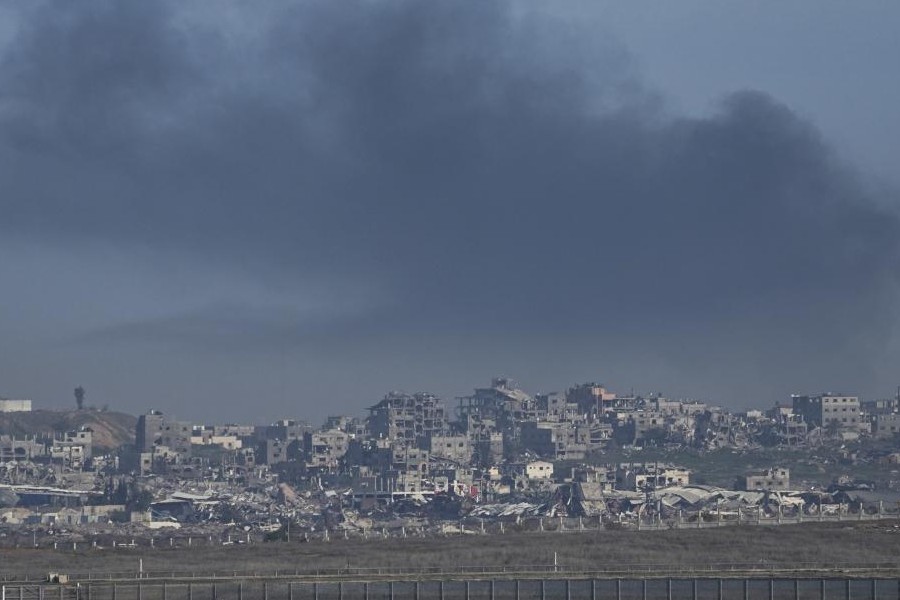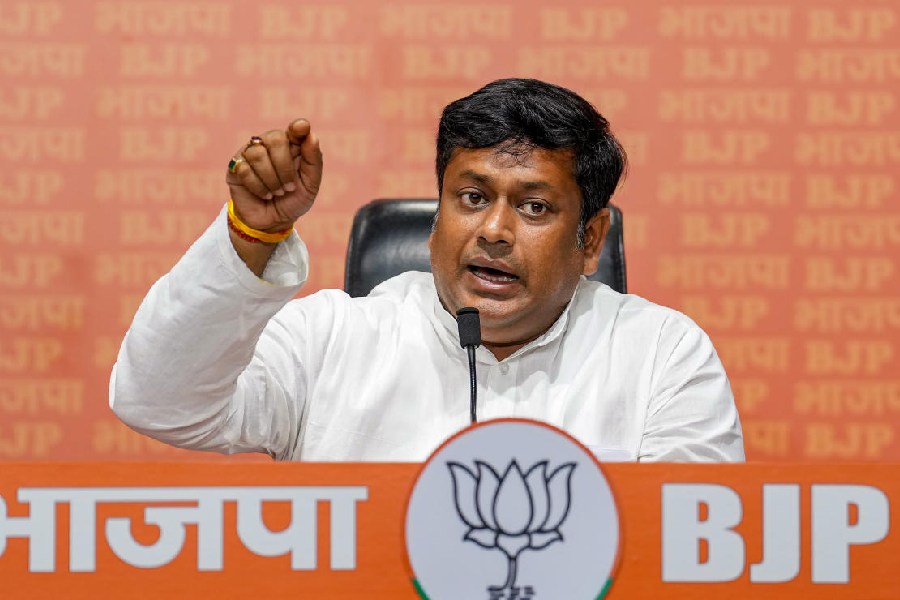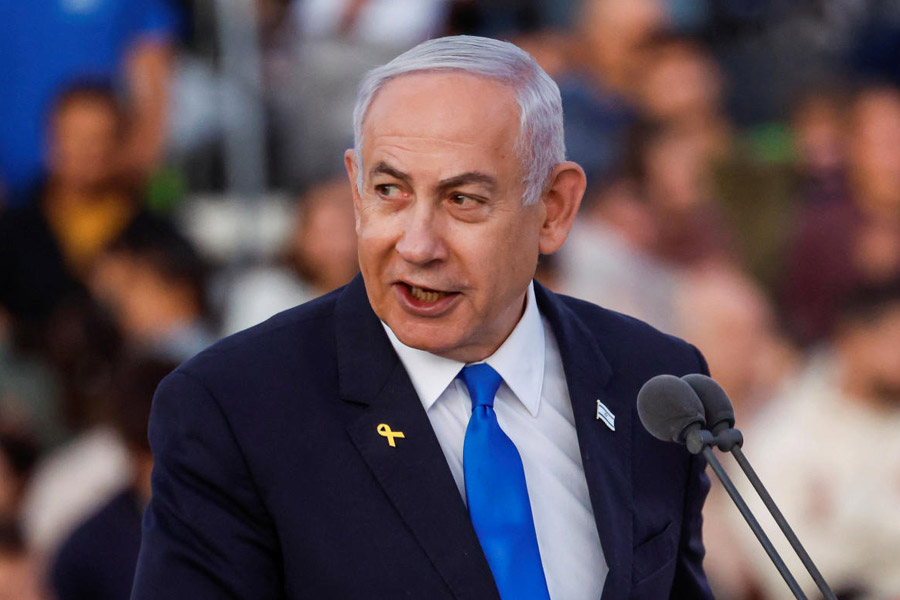The Bengal government has to play a proactive role in crowd control for the resumption of suburban trains in the state, railway officials said ahead of their meeting with state officials on Monday.
The railway officials said they were willing to resume suburban service in a phased manner and would seek the government’s support in implementation of social distancing norms.
The state home secretary wrote a letter to the general manager of Eastern Railway on Saturday, asking the railways to initiate talks on how “a few pairs of trains could be run locally in the morning and afternoon hours to serve the general commuters at large”.
The main hurdle in the resumption of local trains is crowd control and implementing the social distancing protocol. “The state government’s role is going to be crucial in crowd control,” a railway official said.
The suburban sections of Eastern Railway ferried 30 lakh passengers every day before the services were suspended in March to contain the spread of Covid-19.
Unlike Metro stations, access control at the porous suburban stations is going to be difficult, said railway officials.
The number of stations in the suburban sections of Sealdah and Howrah is well over 200.
The Sealdah suburban section alone saw over 900 trains and around 20 lakh passengers every day before the suspension of services. In the Howrah suburban section, the daily passenger count was around 10 lakh. Around 500 trains ran every day.
“The sheer scale of the suburban network will pose a huge challenge in enforcing social distancing norms.
Hundreds of stations have people entering and exiting through various unguarded points. It is not possible to deploy men in uniform at each point,” said an official of the Sealdah division.
Most of the local train passengers are office goers or workers from the suburbs. Thousands of people were booked every month in different divisions for boarding trains without tickets. The platforms looked like a sea of heads during peak morning and evening rush hours.
Jampacked compartments, with people jostling for space on the footboards, were a common sight across railway stations.
Any technology-based solution will have to take these factors into account, said railway officials.
Public health experts cautioned that resumption of local trains without proper checks and balances could trigger a fresh surge in Covid-19 infections. They cited Calcutta High Court’s intervention in the run-up to the Puja, declaring all pandals no-entry zones.
“If the court had not intervened, the pandals would have turned into ideal Covid-19 hotspots. Similarly, local trains can also turn out to be an engine for the Covid-19 virus,” said a public health expert.
The partial resumption of suburban train services in Mumbai for essential workers could serve as a template for Bengal, said another railway official.
Around 2,000 local trains are running in Mumbai. The trains are for essential workers and at specified hours of the day. The Maharashtra government is coordinating with the railways to allow the general public to board the trains during non-peak hours and a decision is expected soon.
“The Maharashtra government has played an active role in the resumption of services — from identifying essential workers to crowd control. A similar proactive role is needed by the Bengal government as well,” said the official.
The railway authorities have been running a fleet of special trains on the suburban routes of Howrah and Sealdah, ferrying only railway personnel. Over the past month, a series of confrontations took place between non-railway personnel wanting to board such trains and Railway Protection Force personnel trying to stop them.
Two similar incidents were reported at Howrah station on Friday and Saturday, which prompted the letter from the state government. The letter blamed the railways for “using force” to disperse people waiting to board the trains.
But railway officials pointed out that two previous letters sent to the state government, seeking to work out modalities for resumption of suburban services, did not elicit any response.
“A meeting has been scheduled at the behest of the state government to work out the modalities for resumption of suburban services in a phased manner. We want to run the trains and are on the same page with the government,” a senior official of Eastern Railway told Metro on Sunday.
The agency that has designed the e-pass system for Metro Railway and built the Pathadisha app for the state transport department will also have a representation at Monday’s meeting, said sources in the government.
“There is a need for a technology-based solution. But the efficacy of the e-pass system for Metro Railway does not necessarily mean the same system will work for the suburban trains,” said an official of the state government.
A formal clearance from the Railway Board is needed for the resumption of suburban trains. “The board is in favour of resumption of services. Getting a clearance should not be a problem,” said a railway official in Calcutta.
“Our representatives will meet the state government officials on Monday. We are expecting a positive outcome,” the spokesperson for Eastern Railway said on Sunday.










